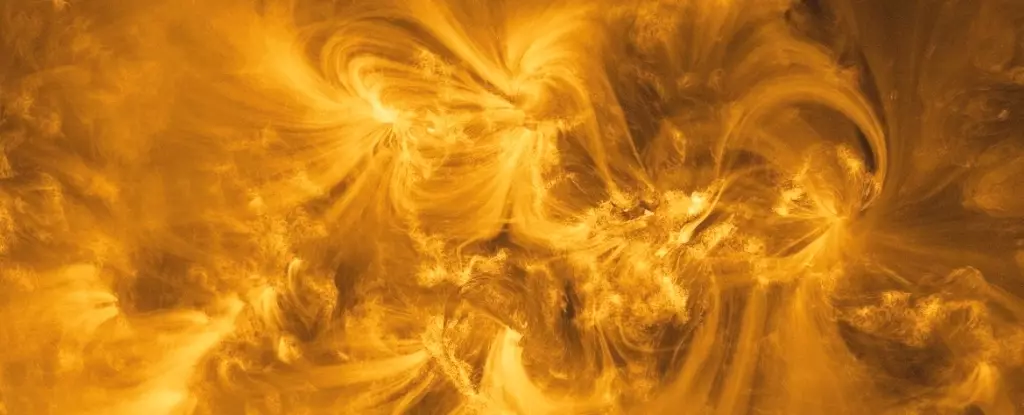With its vastness reaching approximately 74 million kilometers, the Sun stands as a monumental object in our solar system. However, for the ESA/NASA Solar Orbiter, this distance has become a close vantage point for groundbreaking observations. Launched in 2020, the Solar Orbiter embarks on a mission that ranges far beyond mere observation; it delves into the intricate workings of solar phenomena, from solar wind dynamics to magnetic field complexities, and explosive events like coronal mass ejections and solar flares.
The Solar Orbiter bears the delicate task of unraveling the myriad secrets hidden within the Sun. Central to its mission are the high-resolution images of the Sun’s surface that serve as vital data collecting tools. It hosts various advanced imaging devices designed to capture the Sun in a spectrum of wavelengths. This capability allows researchers to explore the layered structure of the Sun intricately. Each imaging instrument contributes unique insights, enabling scientists to diagnose relationships and behaviors at unprecedented resolutions.
In March 2023, the European Space Agency (ESA) unveiled four striking images captured by the Solar Orbiter, showcasing the Sun through different lenses: visible light, magnetic configurations, plasma dynamics, and ultraviolet emissions. Each image stands as a composite of 25 separate captures taken in unison, rendering them the most detailed solar depictions ever achieved. This technological prowess underscores the contributions from various international teams like the German and Belgian scientists, who developed instruments for the Polarimetric and Helioseismic Imager (PHI) and the Extreme Ultraviolet Imager (EUI), respectively.
The findings from the Solar Orbiter are not merely aesthetic; they possess profound implications for our grasp of solar physics. Daniel Müller, the project scientist for the Solar Orbiter, articulates the paramount importance of the Sun’s magnetic field. By elucidating magnetic structures that govern solar activities, we foster a deeper understanding of how the Sun interacts with its surroundings—including Earth. The new maps generated by the PHI instrument illustrate the Sun’s surface magnetic fields with finesse, revealing flows that characterize plasma movements in spectacular detail.
The nuances captured in the images convey essential data about how plasma dynamics correlate with solar features, such as sunspots, which are essentially cool regions on the Sun’s surface caused by magnetic field interference. The contrasting colors in the high-resolution maps—blue for plasma advancing towards the spacecraft and red for plasma retreating—provide a visual representation of these intricate movements, enhancing our understanding of solar mechanics.
The Beauty Beyond the Surface
Perhaps one of the most visually captivating outputs from the Solar Orbiter is the ultraviolent imagery. This perspective exposes a dramatic display of glowing plasma that erupts above the photosphere—the Sun’s visible surface. In these striking visuals, superheated plasma spirals along magnetic lines associated with sunspots, presenting a cosmic ballet that not only captivates the imagination but also poses critical questions about the fundamental nature of our universe.
The Solar Orbiter has thus become a vessel not merely of science, but of awe-inspiring artistry and existential reflection. The sheer beauty of its imagery invites speculation on numerous profound themes, including the essence of life, the mysteries of the universe, and our place within this intricate cosmic web.
As we stand back and observe the transformative advancements made by the Solar Orbiter, it is clear that the mission transcends the boundaries of conventional solar study. Through its revelation of the Sun’s complex behaviors and visuals, we gain valuable insights that may one day assist in predicting space weather and its impacts on Earth. The Solar Orbiter not only serves as a beacon of knowledge and scientific inquiry but also reminds us of the captivating mysteries of the cosmos that lie beyond our immediate understanding. In the grand scheme of existence, these discoveries serve as a reminder to remain curious, seeking answers amidst the cosmic dance of our solar neighborhood.


Leave a Reply